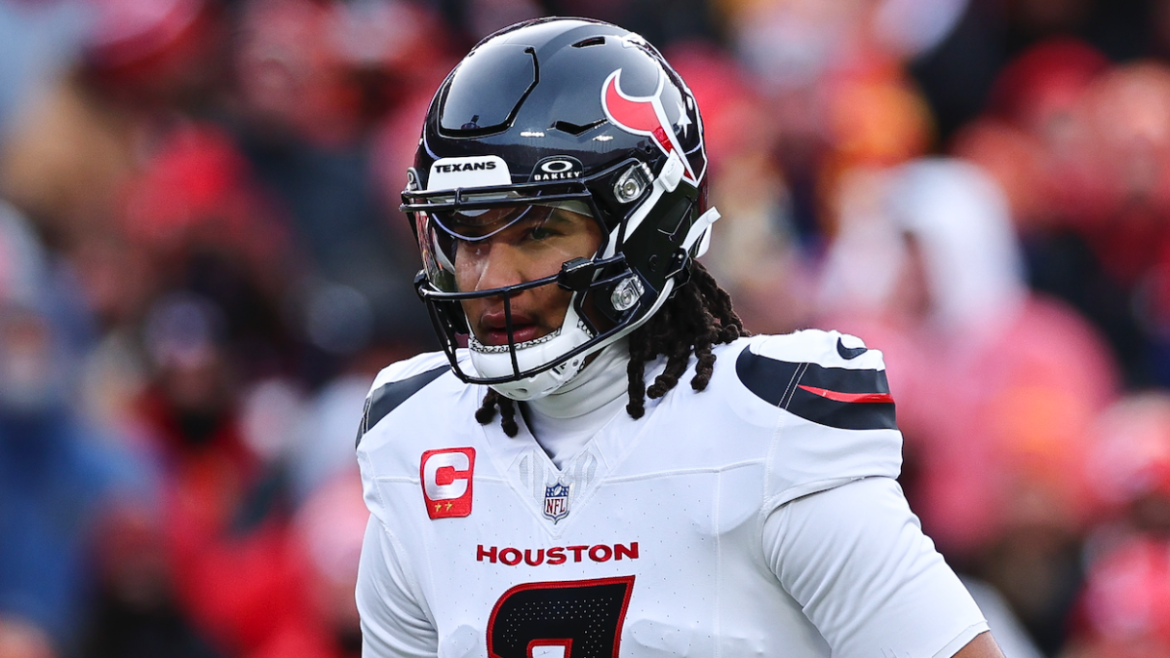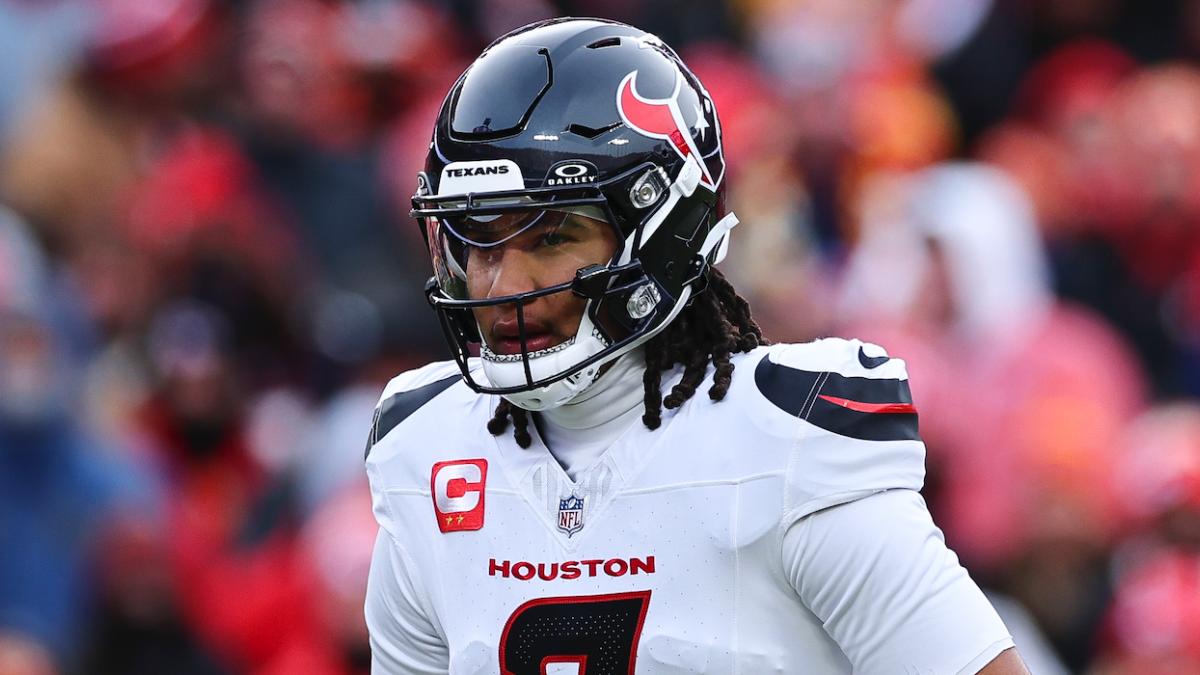Analyzing the Current Status of C.J. Stroud’s Shoulder Injury and Its Impact on the Houston Texans
The Houston Texans have recently faced a wave of questions concerning their star quarterback, C.J. Stroud, whose shoulder soreness has limited his participation during the team’s offseason Organized Team Activities (OTAs). This report delves into Stroud’s injury details, the Houston Texans’ management and communication strategies, and the potential implications for both the player and the team’s upcoming season.
—
Understanding the Nature of C.J. Stroud’s Shoulder Issue
Multiple reports consistently describe Stroud’s condition as a “minor shoulder muscle issue” or “general soreness,” rather than a severe injury. His absence from throwing drills during the OTAs is a precautionary measure rather than an indicator of long-term damage. Houston Texans head coach DeMeco Ryans has repeatedly emphasized that he has “no concerns” about the injury, aiming to quell speculation about Stroud’s health.
This soreness appears to be localized to the right throwing shoulder and has been characterized as non-acute, with no immediate need for aggressive intervention. Stroud has participated in OTAs by engaging in handoffs and attending practice but refraining from throwing to manage the discomfort. These choices underline a cautious approach prioritizing Stroud’s long-term health over full participation in offseason activities.
—
Communication and Messaging: Texas Texans’ Clear and Consistent Approach
Coach DeMeco Ryans has played a central role in shaping the narrative around Stroud’s status. His transparency and consistency in press conferences suggest organizational confidence in the quarterback’s recovery trajectory. By labeling the condition as “general soreness” and dismissing concerns outright, Ryans attempts to maintain team morale and fan confidence.
This strategy serves several purposes:
– Reducing Media Speculation: By addressing the issue publicly and framing it as minor, the Texans tame media speculation and reduce unwieldy narratives about potential career-altering injuries.
– Supporting Player Confidence: Consistent positive messaging helps bolster Stroud’s mental state, ensuring he feels supported throughout this recovery phase.
– Managing Team Expectations: Clear communication anchors expectations internally and externally, reassuring stakeholders that Stroud will remain a focal point of the team’s offense.
—
Team Dynamics and Support: Protecting a Franchise Quarterback
While Stroud’s injury itself seems minor, Houston Texans coach DeMeco Ryans expressed concern about the team’s offensive line protection, which he identifies as a critical factor in keeping Stroud safe during games. The “poor offensive line” and the need to improve pass protection were acknowledged openly, pointing to systemic challenges beyond Stroud’s individual health.
This admission highlights:
– Risk Amplification Through Team Weaknesses: Regardless of Stroud’s physical condition, insufficient protection could escalate injury risks, complicating his recovery and future performance.
– Urgency in Fixing Structural Problems: The Texans must address the offensive line’s issues to safeguard Stroud, reflecting a broader organizational priority imperative.
—
Historical Context and Injury Duration Outlook
The reports indicate that this shoulder soreness likely originated late in the previous season but was not initially regarded as a major injury. The lack of long-term consequences expected by team medical staff supports the view that Stroud’s limited throwing at OTAs is more about extra care than a major setback.
Notably:
– The injury is non-season-ending and not expected to impair Stroud’s availability for training camp or the regular season.
– Similar minor injuries are common among quarterbacks due to the repetitive strain of throwing.
– Stroud’s ability to continue participating in non-throwing drills without limitation signals positive progress.
—
Navigating Public and Fantasy Football Community Reactions
As a top NFL draft pick and highly touted quarterback, Stroud’s health is closely monitored by fans, analysts, and fantasy football participants alike. Rumors or concerns about a potential long-term injury can cause significant shifts in expectations and valuations.
The Texans’ firm stance and Ryans’ direct reassurance respond to this dynamic by:
– Calming the Fantasy Market: Information that the soreness is a minor, non-critical issue prevents precipitous declines in Stroud’s fantasy value.
– Maintaining Fan Engagement: Confident updates stave off fan unease during a critical development phase in the offseason.
—
Conclusion: Managing Minor Injuries with Major Implications
C.J. Stroud’s current status with shoulder soreness illustrates the tightrope NFL teams walk when balancing player health with competitive readiness and public perception. The Houston Texans, led by DeMeco Ryans, have adopted a proactive, transparent communication strategy that emphasizes precaution without raising alarms. While Stroud’s injury does impose some practical limitations on his offseason workload—particularly throwing during OTAs—there is a unanimous message that this is a minor issue.
However, the underlying vulnerability of Houston’s offensive line remains a critical wildcard that could influence Stroud’s health and, by extension, the Texans’ success. Tackling these systemic challenges will be as important as managing individual player injuries in charting the team’s future trajectory.
By carefully managing Stroud’s recovery and addressing broader team weaknesses, the Texans aim to keep their promising quarterback healthy and poised for a strong impact in the upcoming season. The concerted efforts in communication, medical care, and coaching adjustments frame a thoughtful, long-term vision centered on both player wellbeing and organizational ambitions.





